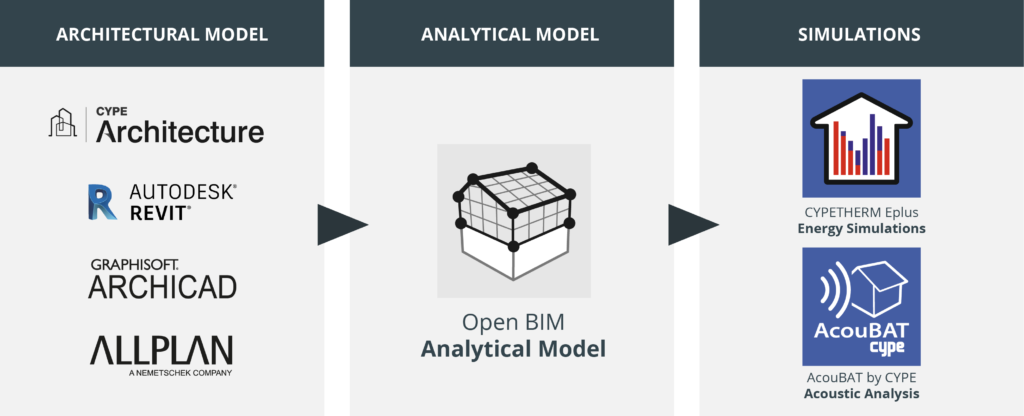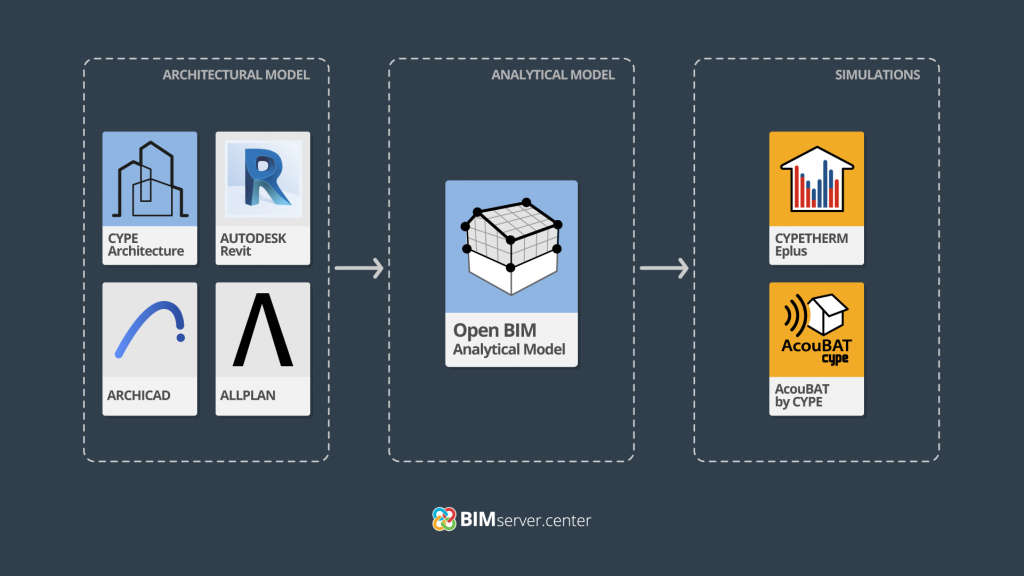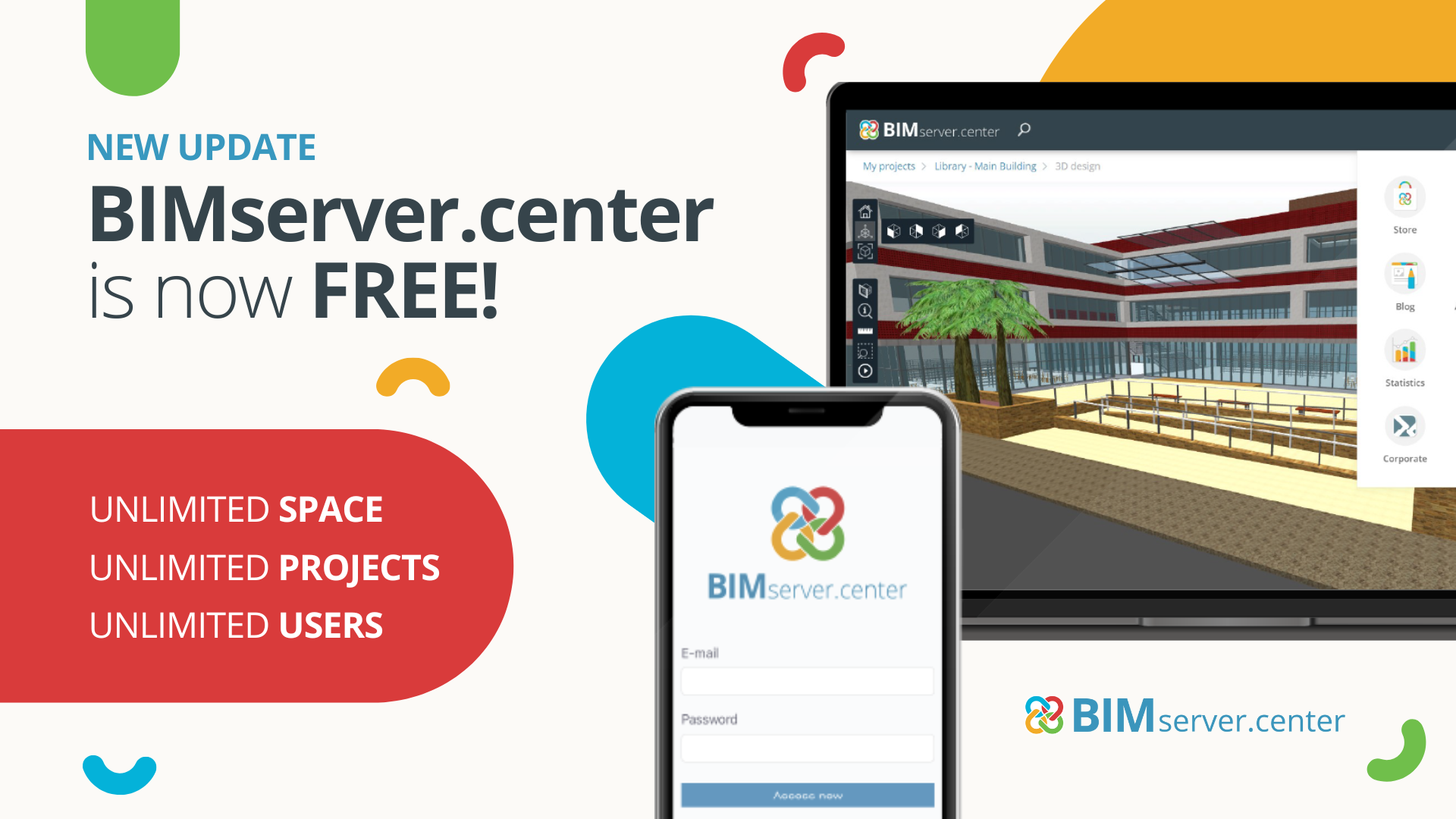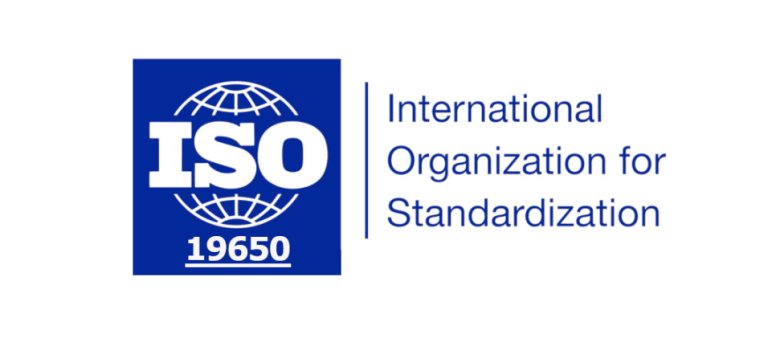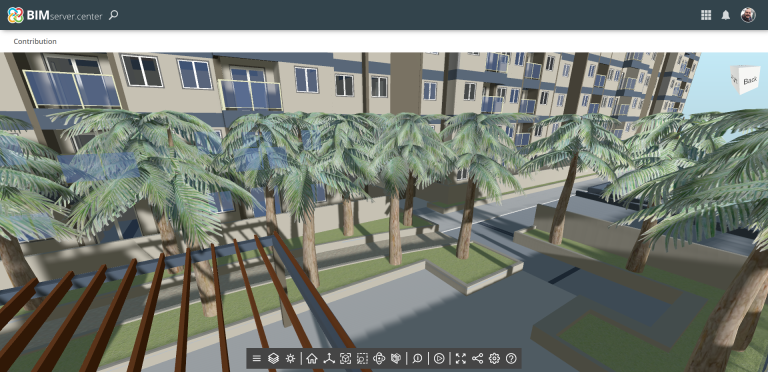With the release of its 2020.e version, CYPE Software presented to its user community a new application that improves the interoperability between software from different developers, more specifically in those cases where BIM models are developed to carry out energy simulations and acoustic checks.
Until then, considering the current state of the IFC standard, and within the field of thermoacoustic studies, not all parameters necessary for a complete analysis were transmitted from one program to another in interoperability operations. In some situations, certain “manual adjustments” had to be made in the program that imported the geometry of the architecture so that an analytical model could be generated with precision.
With the new update, CYPE introduces Open BIM Analytical Model, which is able to interpret BIM models in IFC generated in different modelling software and, once some simple parameters (basic characterisation of construction elements and definition of environments) have been included in this architectural model in IFC, it will be able to generate a refined analytical model adjusted to the needs of the different simulations.
Multiple analytical models for the same BIM model
The same architectural model could require different groupings of spaces to comply with the various regulatory criteria from different disciplines. An example would be the situation where an analytical model created for an acoustic simulation requires a different grouping of spaces to that which would be adopted for a specific energy simulation.

Until then, the solution applied was to work on the architectural model up to a certain level of project development; then the model was duplicated; the spaces were grouped according to the different needs in the duplicated models, so that in a next step the different simulations were carried out. With the arrival of Open BIM Analytical Model this problem no longer exists: from now on, a simple identification of the environment in the modelling software generates enough data to be able to create multiple groupings of spaces (for different simulations).
Identification of the edges
Up until now, simulations that depended on a refined edge analysis – simulations for linear thermal bridges or sound transmission analysis, for example – could be compromised if these edges could not be recognised or characterised from the architectural models. One of the main contributions of Open BIM Analytical Model is precisely the generation and management of these edges, so that this type of analysis can also be included in the simulations.

Including new elements or adjusting the imported elements
As well as being able to read and interpret IFC model information, Open BIM Analytical Model contains tools to create and edit elements. This feature could be very useful if the architectural modelling eventually lacks some essential details for the creation of a good quality analytical model. Similarly, if the characterisation of any element is incorrectly produced during the modelling process, the program would allow users to refine and update this element before starting the simulations in other applications.
Available on BIMserver.center and connection to other programs
The program has been included in the list of free downloads from BIMserver.center. It is recommended to use it as an intermediate step between the architectural modelling (Revit, Allplan, ARCHICAD, CYPE Architecture) and the different simulation programs (AcouBAT by CYPE, CYPETHERM, etc). As a recommendation of good practices for the specific case of interoperability with Autodesk Revit, it is advisable to read the “CYPE-Revit Interoperability Guide”, recently published on the BIMserver.center blog.
